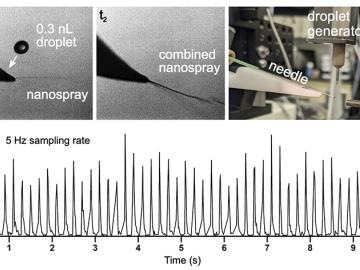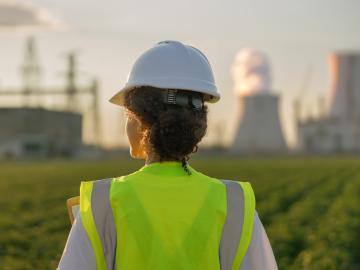Filter Results
Related Organization
- Biological and Environmental Systems Science Directorate
(23)
- Computing and Computational Sciences Directorate (35)
- Energy Science and Technology Directorate (217)
- Fusion and Fission Energy and Science Directorate (21)
- Information Technology Services Directorate (2)
- Isotope Science and Enrichment Directorate (6)
- National Security Sciences Directorate (17)
- Neutron Sciences Directorate (11)
- Physical Sciences Directorate (128)
- User Facilities (27)
Researcher
- Venugopal K Varma
- Mahabir Bhandari
- Adam Aaron
- Charles D Ottinger
- Gerald Tuskan
- Govindarajan Muralidharan
- Huixin (anna) Jiang
- Ilenne Del Valle Kessra
- Jamieson Brechtl
- Kai Li
- Kashif Nawaz
- Paul Abraham
- Rose Montgomery
- Sergey Smolentsev
- Steven J Zinkle
- Thomas R Muth
- Vilmos Kertesz
- Xiaobing Liu
- Xiaohan Yang
- Yang Liu
- Yanli Wang
- Ying Yang
- Yutai Kato

V-Cr-Ti alloys have been proposed as candidate structural materials in fusion reactor blanket concepts with operation temperatures greater than that for reduced activation ferritic martensitic steels (RAFMs).

Detection of gene expression in plants is critical for understanding the molecular basis of plant physiology and plant responses to drought, stress, climate change, microbes, insects and other factors.

Fusion reactors need efficient systems to create tritium fuel and handle intense heat and radiation. Traditional liquid metal systems face challenges like high pressure losses and material breakdown in strong magnetic fields.

The traditional window installation process involves many steps. These are becoming even more complex with newer construction requirements such as installation of windows over exterior continuous insulation walls.

Moisture management accounts for over 40% of the energy used by buildings. As such development of energy efficient and resilient dehumidification technologies are critical to decarbonize the building energy sector.

The invention provides on-line analysis of droplets for mass spectrometry.

The interface gasket for building envelope is designed to enhance the installation of windows and other objects into building openings.

The need for accurate temperature measurement in critical environments such as nuclear reactors is paramount for safety and efficiency.

